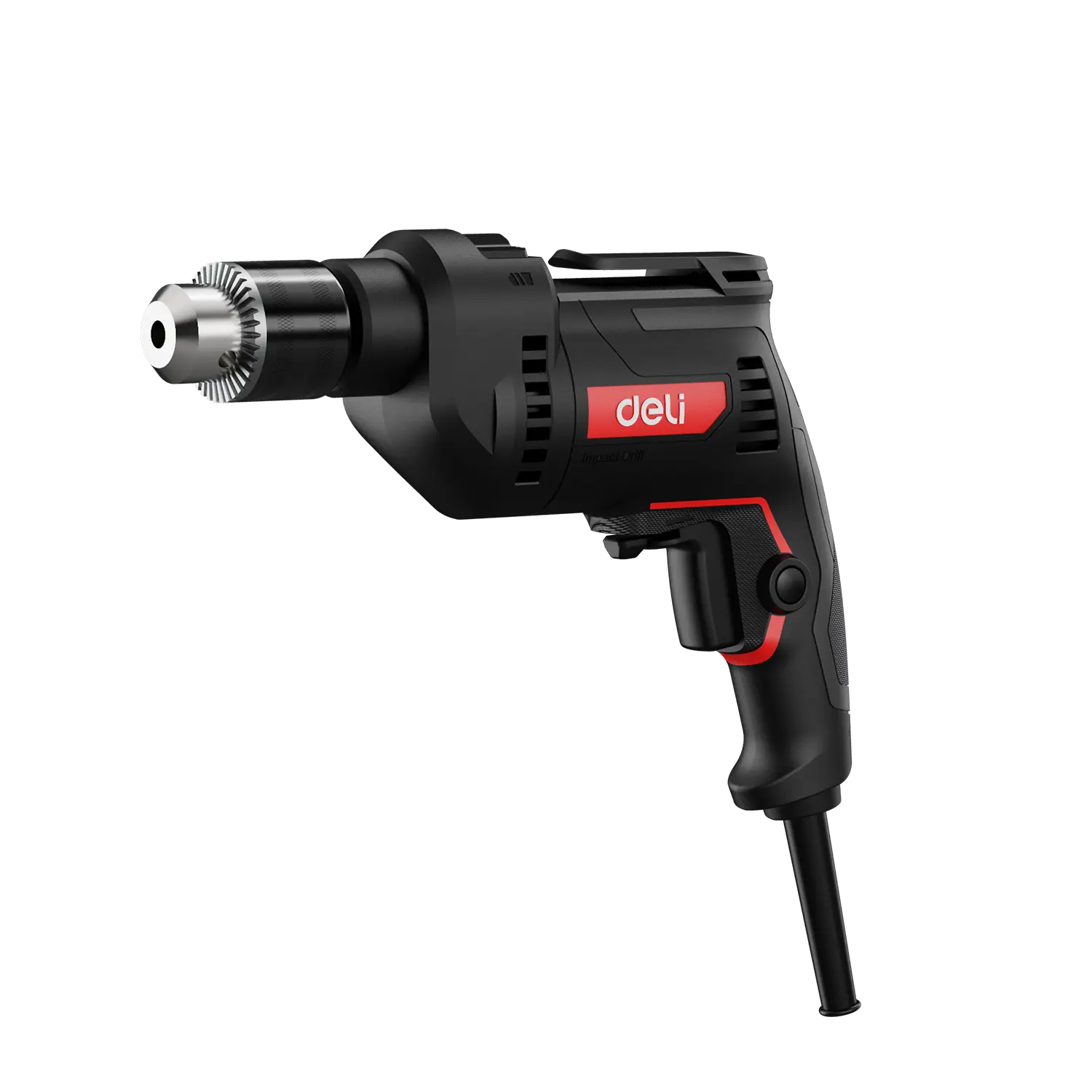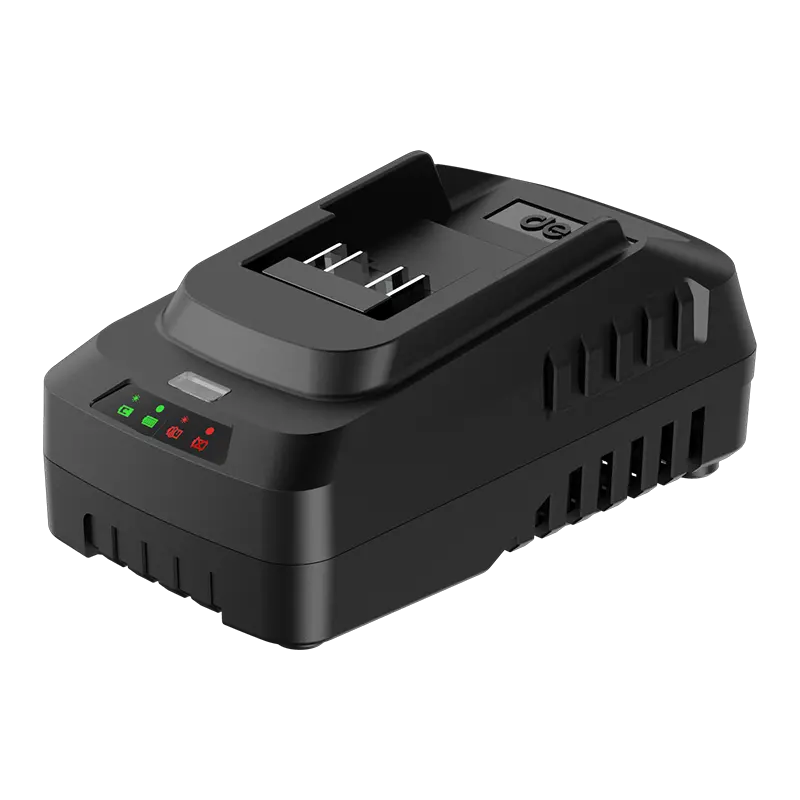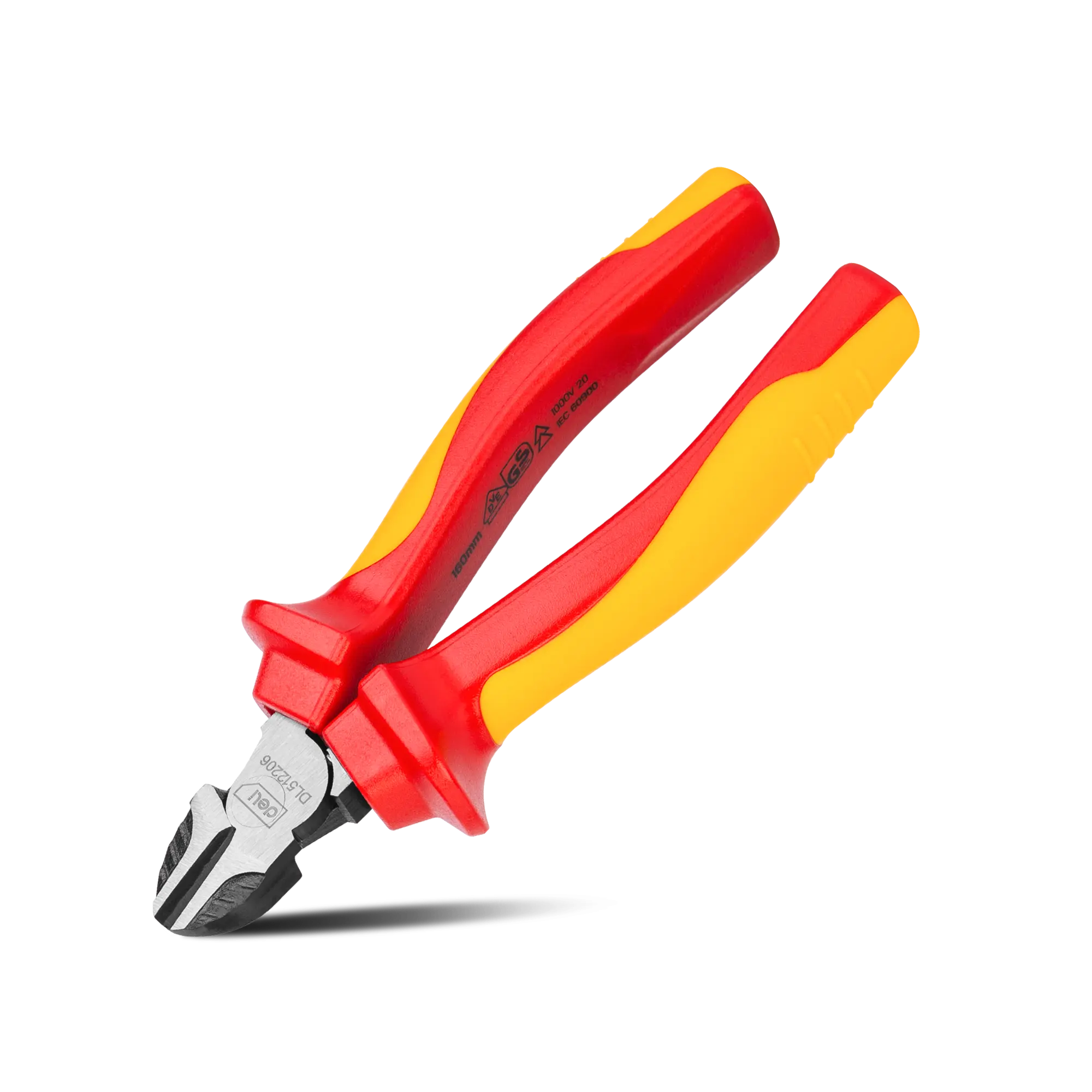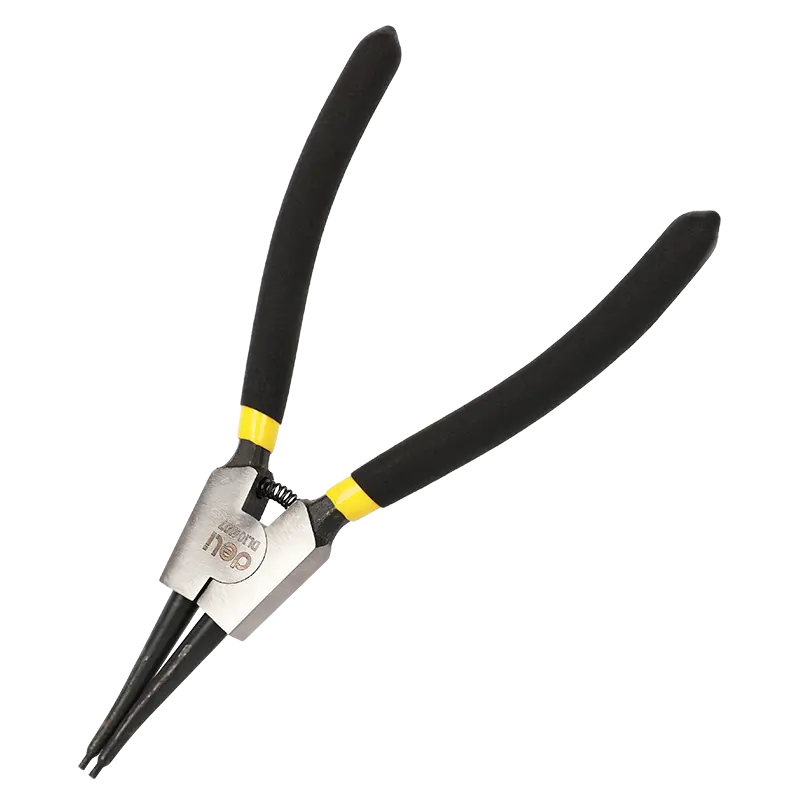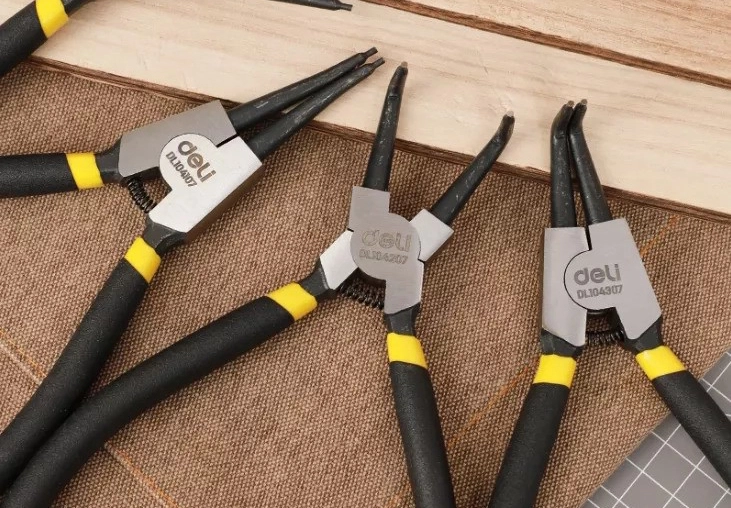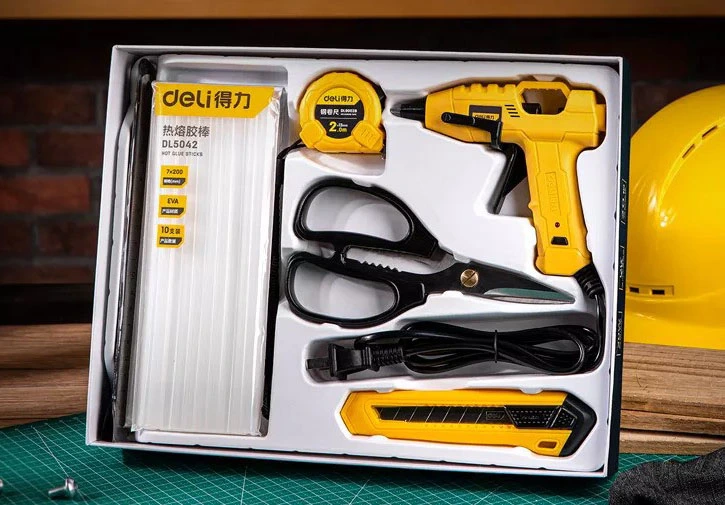The tape measure, a tool that finds its way into nearly every toolbox, serves an indispensable role in a myriad of measurement tasks. Whether it's for home renovation, crafting, or professional construction, understanding how to leverage the full potential of this compact tool can greatly enhance the precision and efficiency of your projects. Let's delve into the various aspects and capabilities of the tape measure to fully appreciate its utility.
Exploring the Basic Functions of a Tape Measure
At its core, the tape measure from China top measuring tape factory is designed for measuring length or distance. This might seem straightforward, yet the versatility offered by its design allows for much more than simple linear measurements. The typical tape measure includes features like a lock mechanism to hold the tape in place, a hook at the end for stability when measuring, and sometimes even magnetic tips for ease of use on metal surfaces. These features are thoughtfully integrated to cater to a wide range of measurement scenarios, ensuring that whether you're measuring the dimensions of a room or the length of a piece of furniture, the tape measure is up to the task.
Advanced Uses of Tape Measures in Projects
Beyond basic length and distance measurement, tape measures are incredibly useful for more complex projects. For instance, many models feature markings that facilitate the measurement of internal and external dimensions, making tasks like fitting cabinets or framing photographs considerably easier. Additionally, the flexibility of the tape allows for measurements around curves and corners, broadening its application to include tasks such as tailoring or landscaping. This adaptability makes the tape measure a fundamental instrument in achieving precision in projects that demand a high degree of accuracy.
The Significance of Accuracy in Tape Measures
Accuracy is paramount when it comes to measurement tools, and the professional tape measure is no exception. Modern tape measures are designed with highly precise gradations, often down to fractions of an inch or millimeter. This level of detail is crucial for tasks requiring strict adherence to dimensions, such as woodworking or architectural design. It's also worth noting that the physical condition of the tape measure can impact its accuracy. Regular maintenance, such as cleaning the tape and checking for damage, ensures reliable measurements.
Innovations in Tape Measure Design and Technology
The evolution of the tape measure has led to innovations that enhance its functionality and user experience. Digital tape measures, for example, offer features like memory storage, digital displays, and even Bluetooth connectivity, allowing measurements to be easily recorded, shared, and analyzed. Such advancements not only increase the efficiency of measuring tasks but also introduce a level of precision and convenience previously unattainable with traditional models.
In conclusion, the humble tape measure measures far more than just length and distance. Its design accommodates a variety of measurement types, from simple linear measurements to complex dimensional analysis. With each advancement in technology, the tape measure from Deli Tools Global continues to prove its value as an indispensable tool in both professional and home settings. Understanding how to fully utilize this tool can significantly impact the accuracy and efficiency of your projects, making it clear that the tape measure is much more than a measuring stick; it's a comprehensive measuring solution.

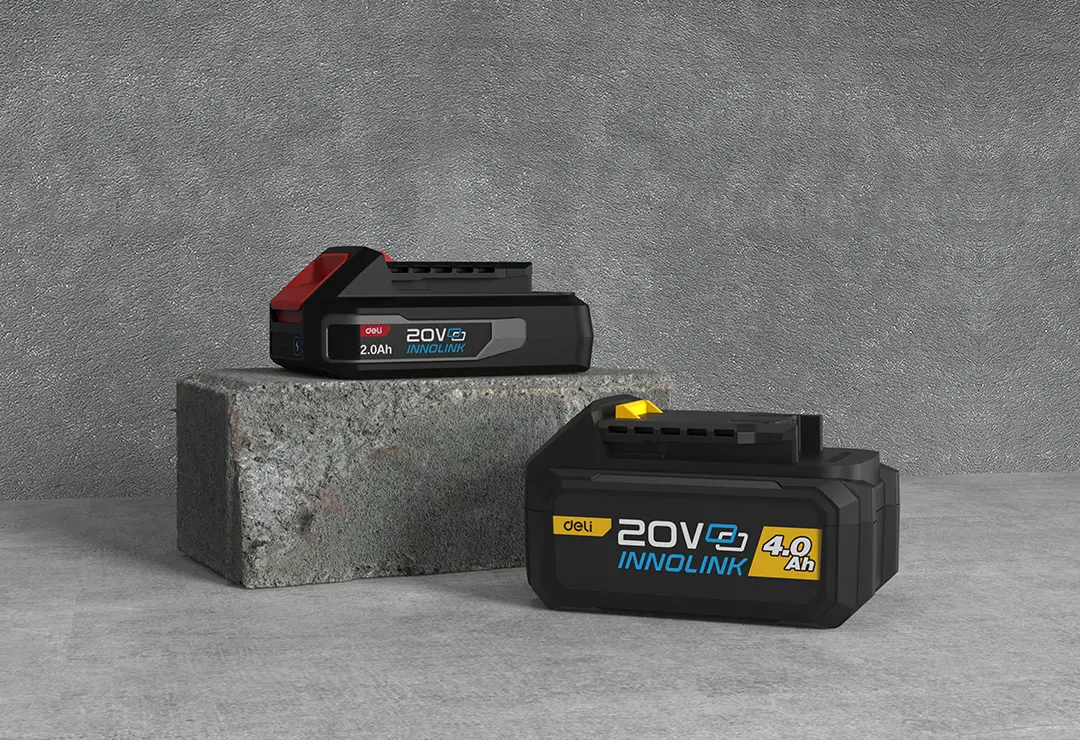
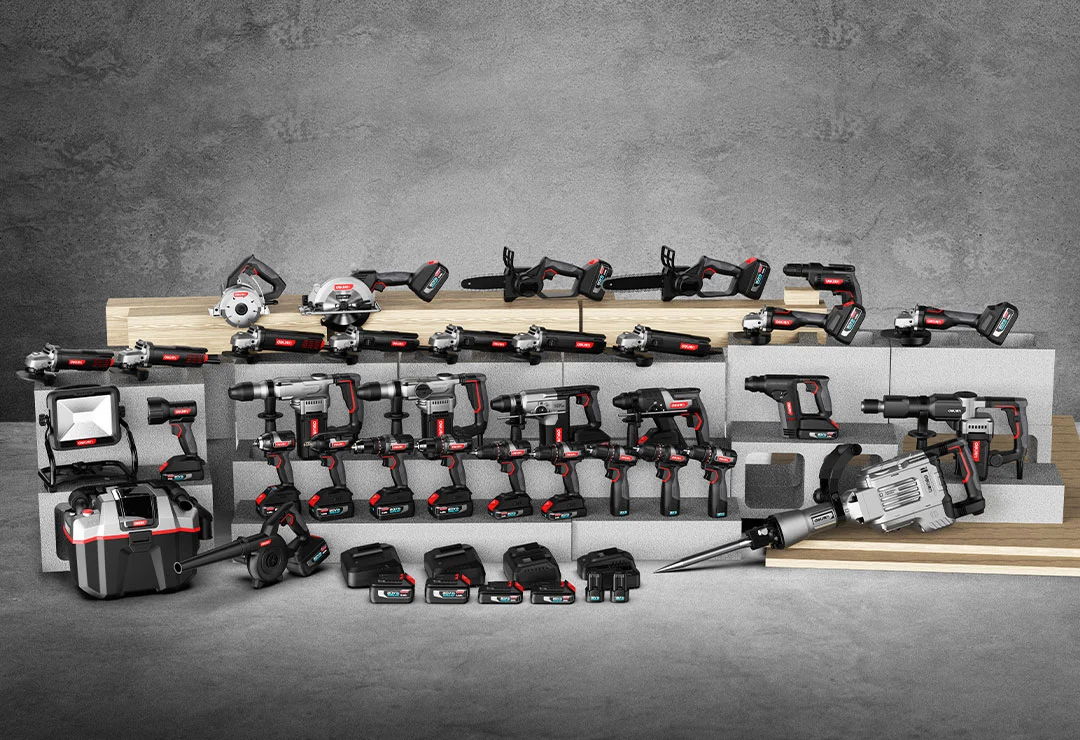
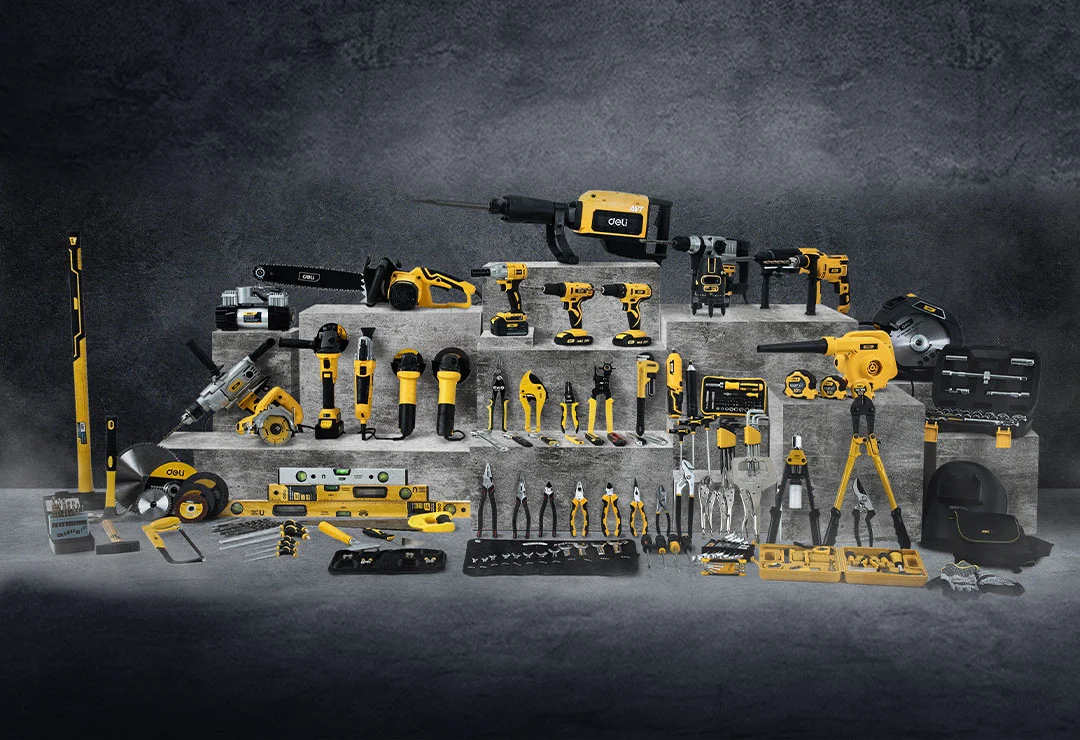
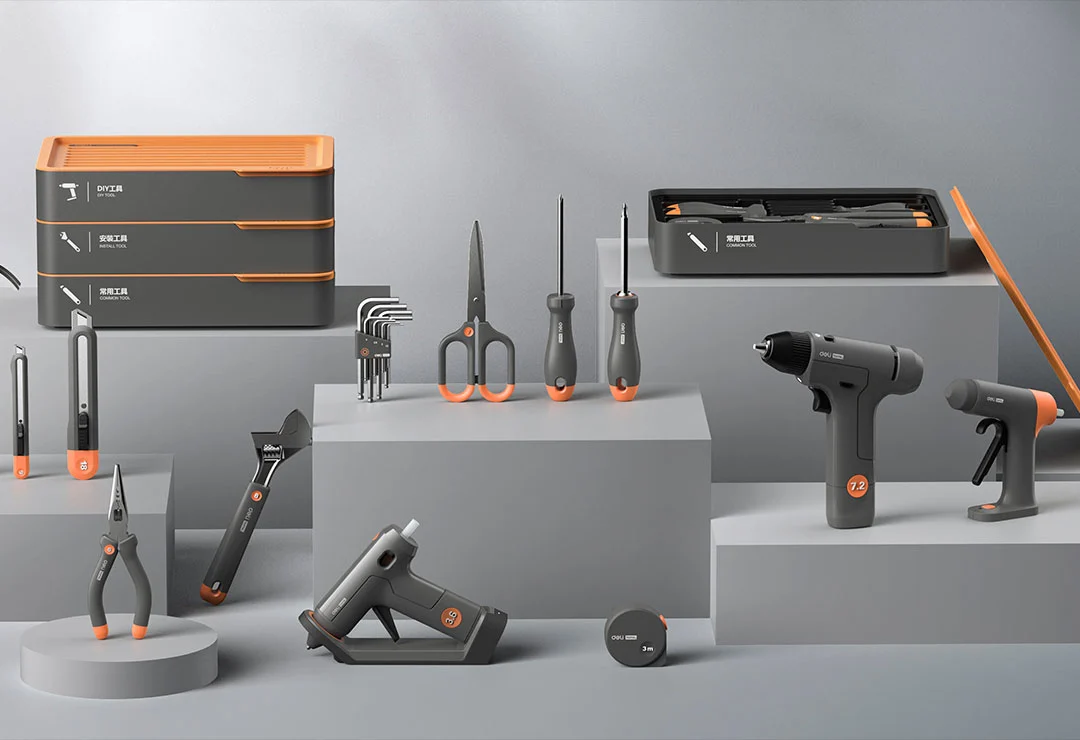

 EN
EN
 jp
jp  ko
ko  fr
fr  de
de  es
es  it
it  ru
ru  pt
pt  ar
ar  vi
vi  th
th  hi
hi  pl
pl  id
id  el
el 